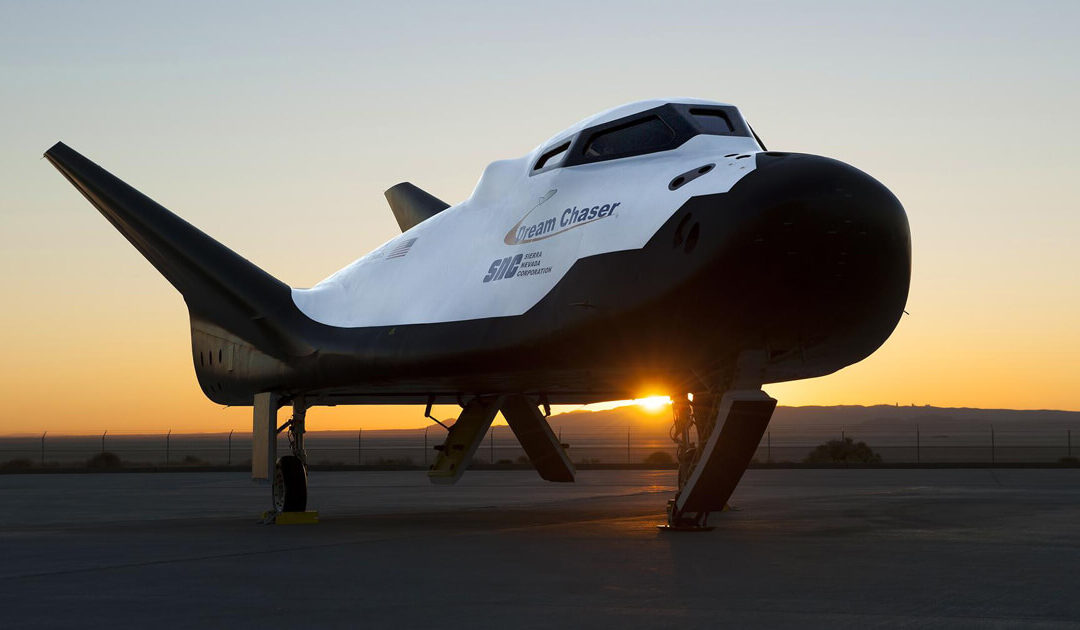A spaceflight first is poised to take place in May. Sierra Space Corporation, the private Colorado-based company, has been developing a reusable “spaceplane.”
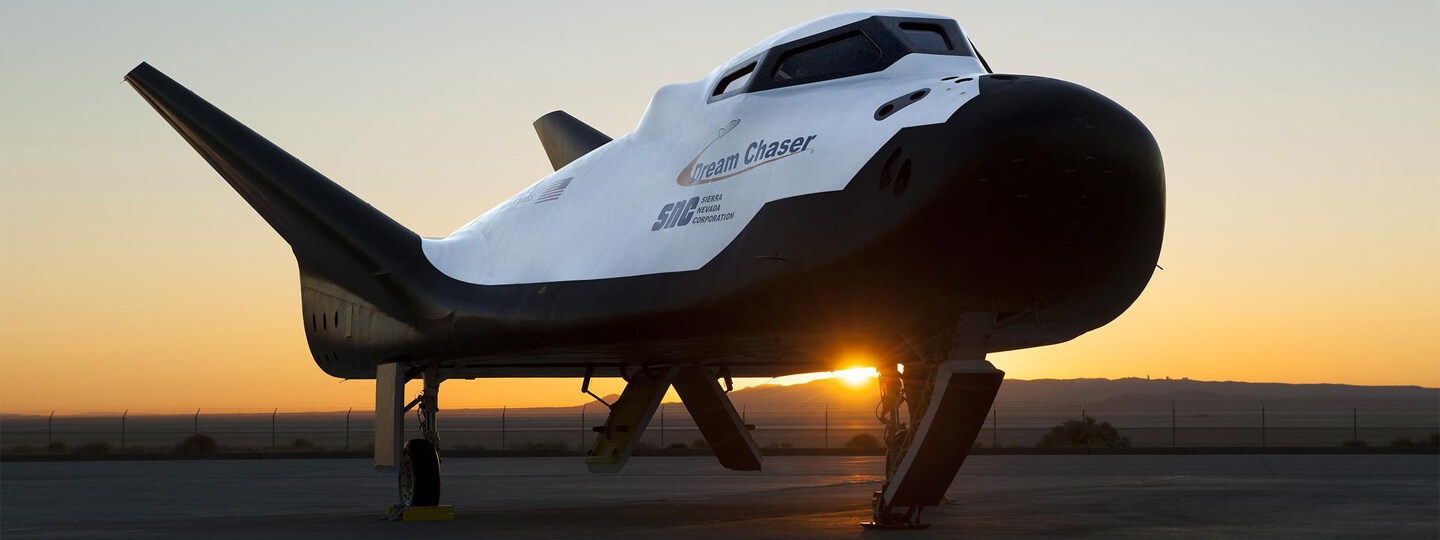
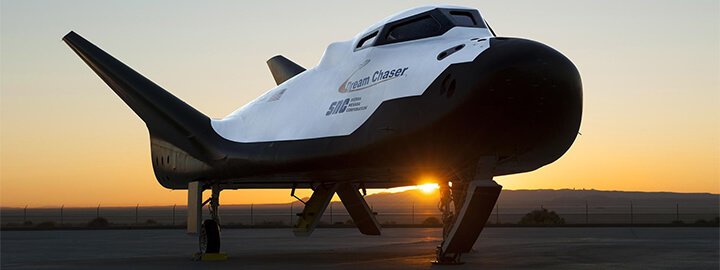
Credit: NASA/Ken Ulbrich
Stargazing: ULA Vulcan Centaur: Sierra Space Dream Chaser
May 20, 2025
Julie Silverman, Carnegie Science CenterA spaceflight first is poised to take place in May. Sierra Space Corporation, the private Colorado-based company, has been developing a reusable “spaceplane.” This aims to be the next step in utilizing reusable craft technology to service the International Space Station. It operates under NASA’s Commercial Resupply Service 2 contract, along with Northrup Grumman’s resupply vehicle, Cygnus, and SpaceX’s Cargo Dragon.
Dream Chaser’s Tenacity, the first to fly, is a lifting body craft. A design with a minimal conventional wing allows for less drag on the craft and maximizes greater speeds. With a streamlined shape, the craft can be launched on a variety of rockets. Its inaugural flight is set aboard ULA’s Vulcan Centaur rocket. Dream Chaser intends to be the next-generation uncrewed Space Shuttle, operating with major advances.
An updated thermal protection system (TPS) uses tiles that serve multiple purposes. Not only do they protect during re-entry, but they also regulate heat when temperatures soar during orbital daylight. Tenacity will be covered in over two thousand individual black and white tiles that can tolerate multiple re-entries as the goal is to be a “mini-shuttle.” Several cargo missions are already planned.
The Space Shuttle’s historic landing site at Kennedy Space Center has been quiet since Atlantis closed the successful program in 2011. Tenacity’s return to Earth will bring new life to the famed runway and future crewed flights.

Stargazing: Crescent Moon by Spica
On the evening of July 30, one of the bluest stars in the sky will gleam just above the waxing crescent moon. Spica is a blue giant star and the brightest in the constellation Virgo. Home > Blog [acf...

Stargazing: Scorpius
Soaring through July skies is an ancient arachnid known for its sting. Scorpius the Scorpion, with its distinctive curved spine and stinger poised to strike, holds a large profile low to the southern horizon. Its Latin name translates to the “creature with the...

Stargazing: Vega – Anniversary of First Photo of Star Taken
On July 17th, 1850, the first photograph of a star other than our Sun was taken. Home > Blog Brilliant Vega is the brightest...
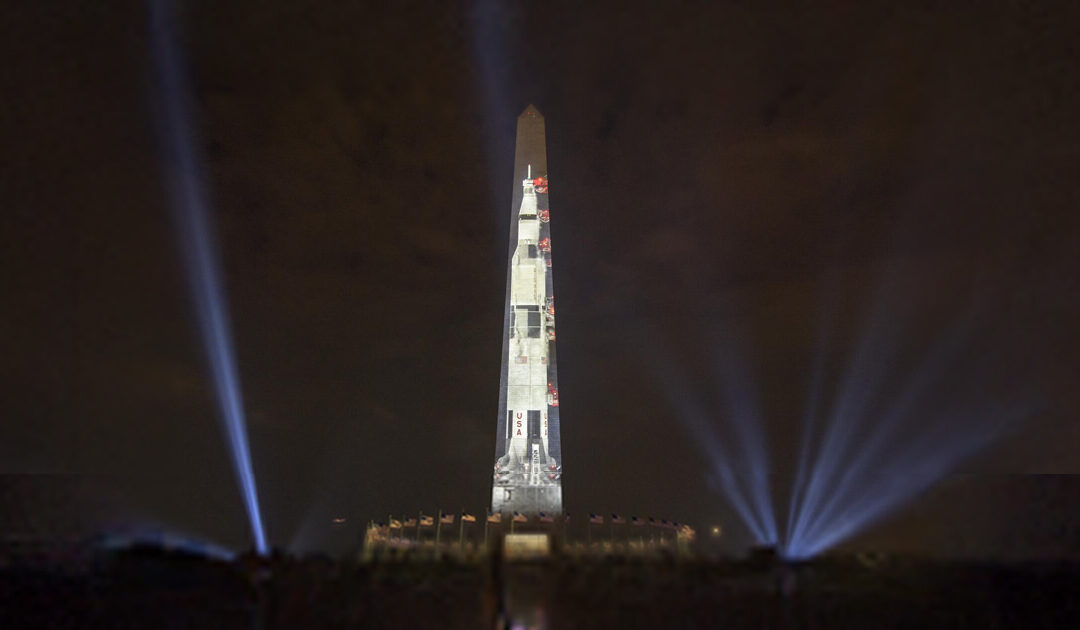
Stargazing: Pittsburgh Goes to the Moon
This year celebrates the 56th anniversary of the first moon landing. On July 20, the world watched as Neil Armstrong and Buzz Aldrin stepped onto the surface of the moon. Home > Blog [sv...
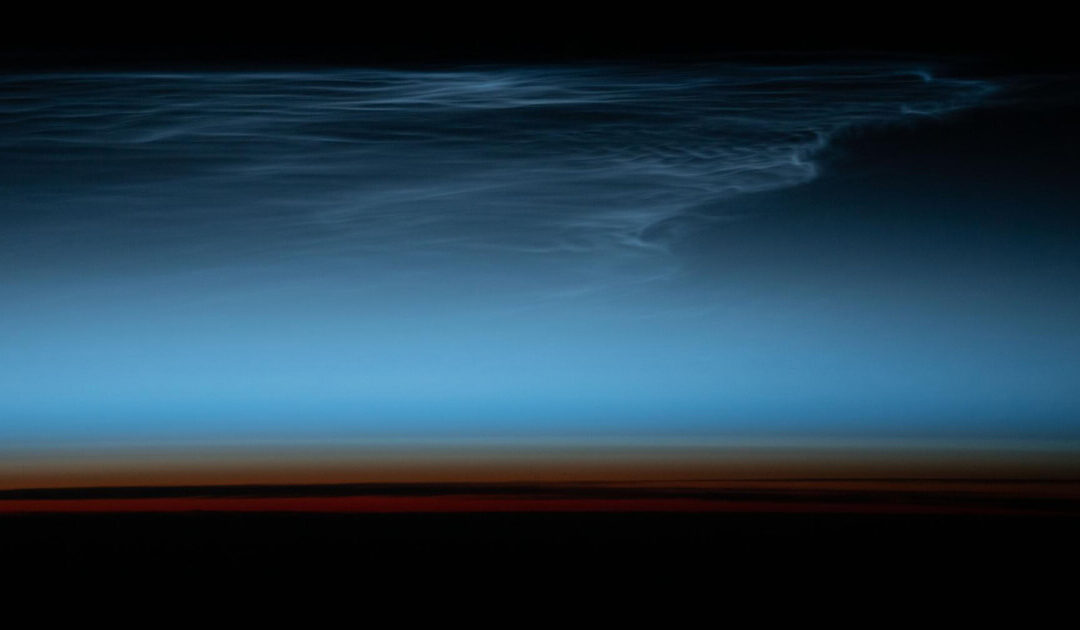
Stargazing: Noctilucent Clouds
Summer is the season to spot rare and luminescent Noctilucent Clouds. From May to early August, these ethereal clouds show their best displays thirty minutes after sunset or before sunrise. Home > Blog [acf...
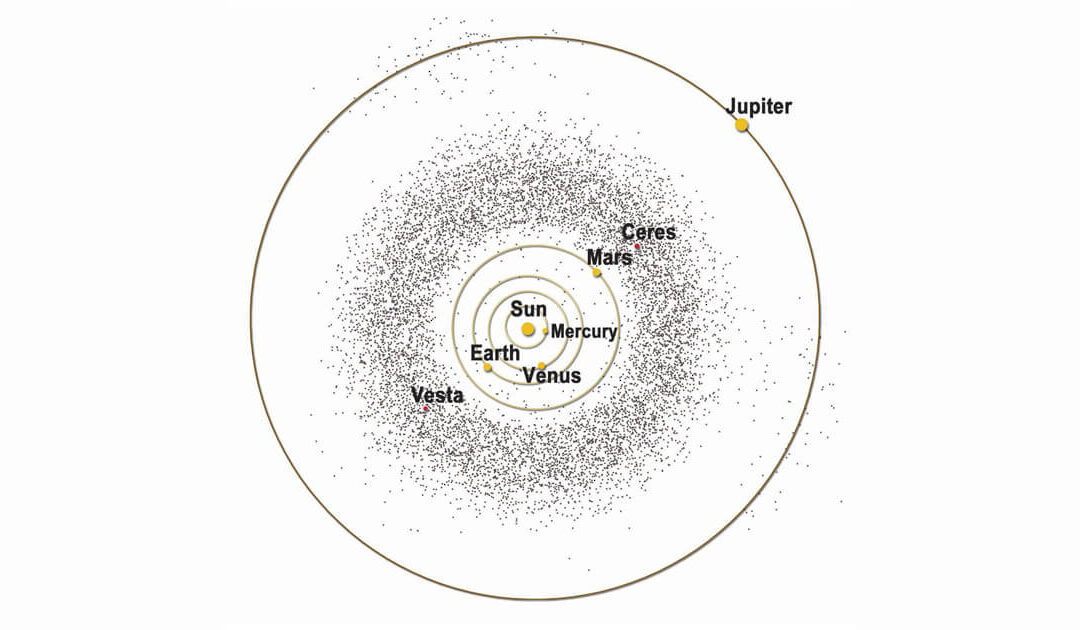
Stargazing: June 30 Asteroid Day – date of Siberian Tunguska Event
Pre-dawn hours of June 27 will bring peak opportunities to view June’s Bootid meteor shower. A thin crescent moon will enhance the chances of seeing meteors flash across the sky. Home > Blog ...

Stargazing: Solstice June 20– also, Moon-Saturn-Neptune close approach 5:45 a.m. June 18
Welcome summer! On Friday June 20 at 10:42 p.m. EDT, the sun will reach its northern-most point in the sky. Home > Blog Welcome...
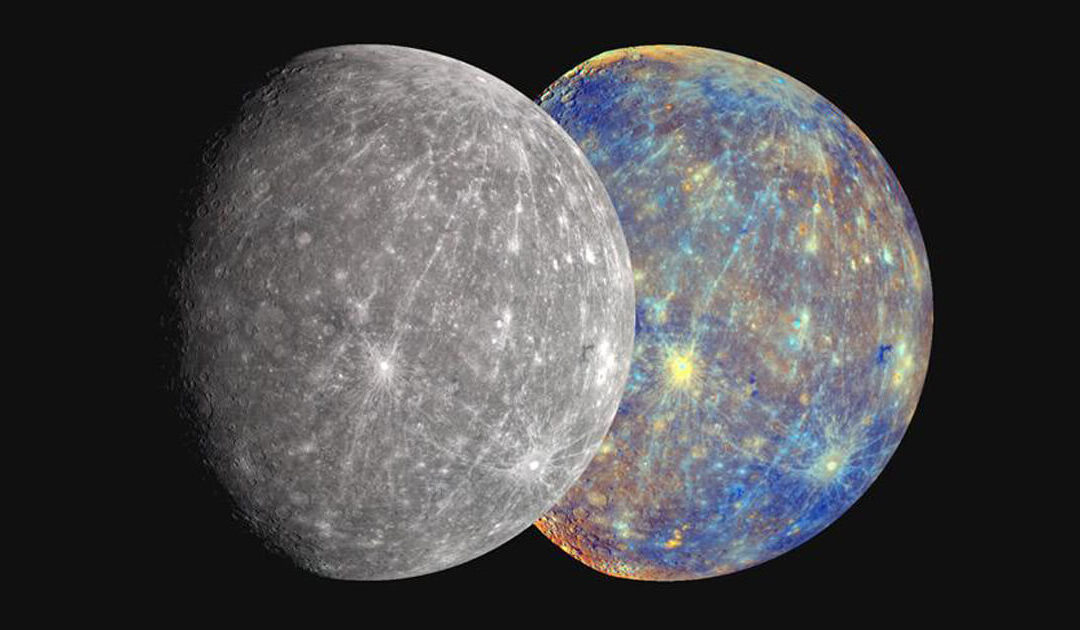
Stargazing: Mercury spotting from June 12-29
Mercury watchers will have several chances to view this elusive planet over the next two weeks. Since Mercury is the closest planet to the Sun, there is a small window in which it is visible. Home > Blog [acf...
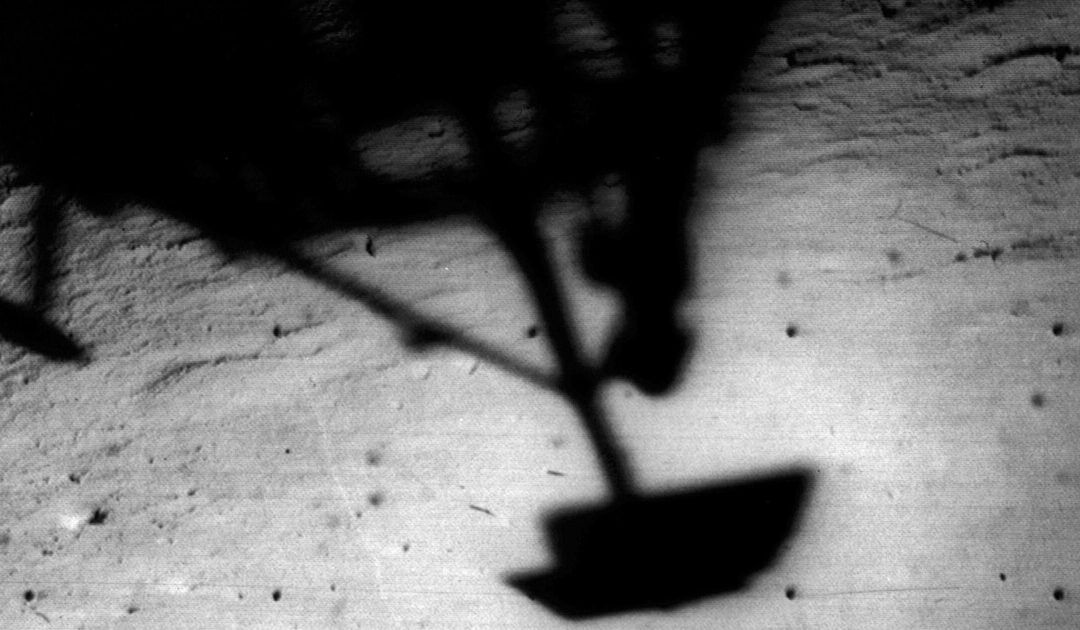
Stargazing: Surveyor 1 June 2 Moon landing 1966
On June 2, 1966, Surveyor 1 softly landed on the lunar surface, and NASA celebrated a significant success in the Space Race. Home > Blog ...
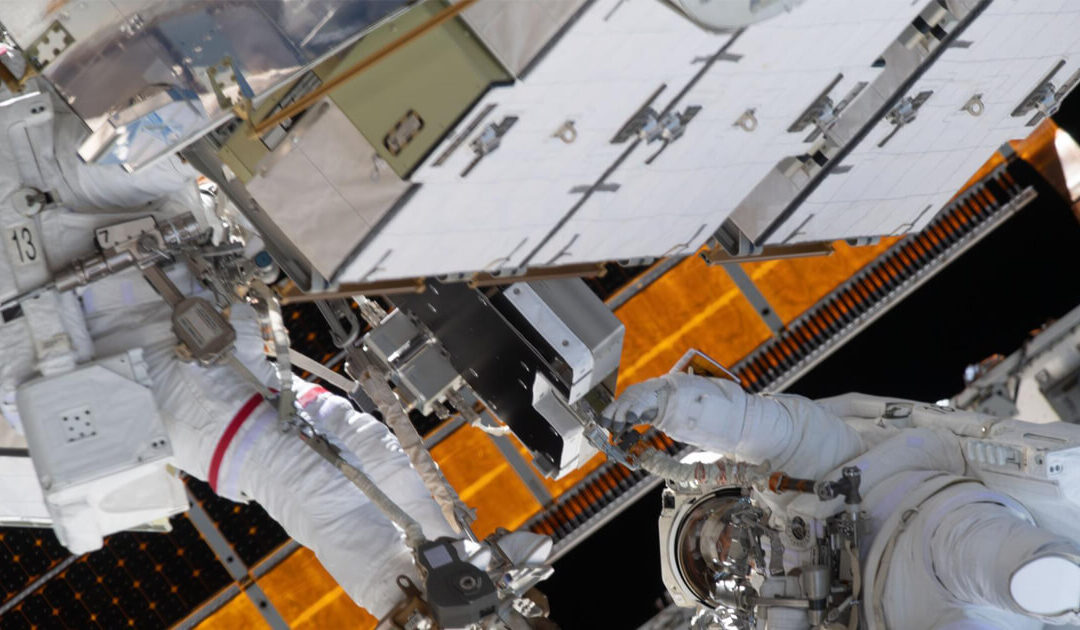
Stargazing: Ed White 1st American to walk in space/ISS’s first all-woman spacewalk
Sixty years ago, an American astronaut walked in space for the first time. At 3:45 pm on June 3, 1965, Ed White opened the hatch of the Gemini 4 mission and propelled himself into space. Home > Blog [acf...


